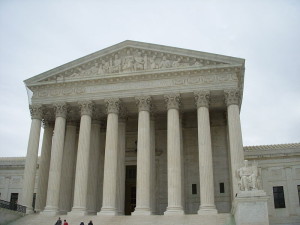A recent New Jersey Appellate Division ruling provides a good example of how dangerous it can be to compete with your current employer.
B&H Securities, Inc. designs, sells and maintains security monitoring systems. In spring 2007, three of its employees, Michael Poisler, Marc Palladino and Duane Pinkney, decided to start a competing business, Advanced Integration Security. At the time, Mr. Pinkney was B&H’s IT manager, Mr. Poisler was its sales manager, and Mr. Palladino was one of its salesmen.
A “Confidentiality Clause” in B&H’s employee handbook states that after leaving their job, B&H employees cannot contact the company’s customers. When he was hired by B&H, Mr. Pinkney signed a document agreeing to abide by this clause for 48 months after leaving the company. The company did not require Mr. Palladino or Mr. Poisler to sign any such agreement.
 New Jersey Employment Lawyer Blog
New Jersey Employment Lawyer Blog













